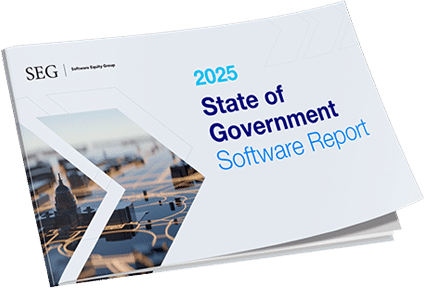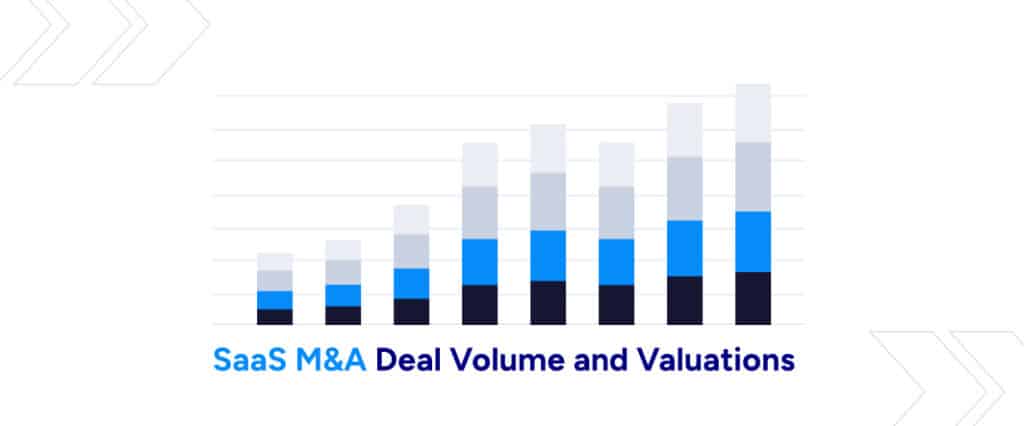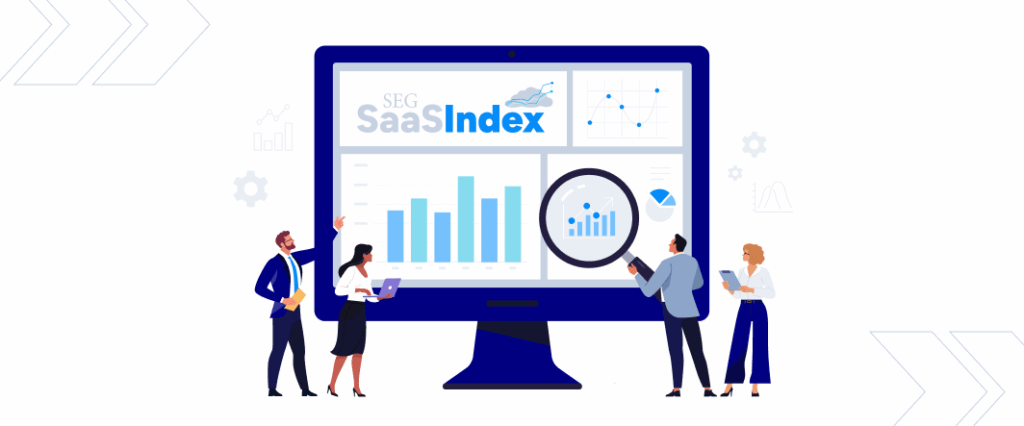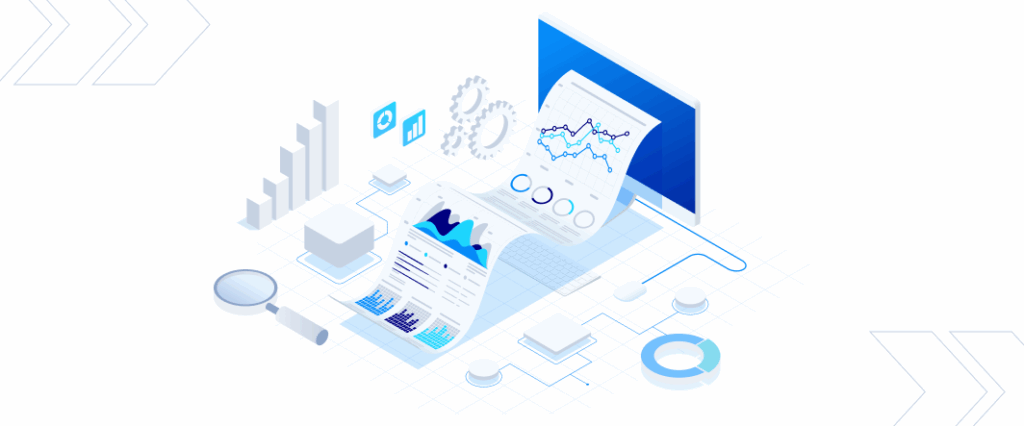When To Sell Your Business: Timing Strategies For SaaS Founders

Every SaaS founder faces a moment where growth is reliable, customer loyalty is strong, and the product feels more essential than ever. It’s exciting and raises an important question: Is now the moment to explore strategic options while momentum is on your side?
There’s no one right answer. That’s why the most successful founders don’t wait for the perfect signal from the market. They prepare for the moment when opportunity and readiness meet. For some, that means starting the conversation early.
Carl Hall, former CEO of Datalliance, started working with an advisor long before his exit. He described those early conversations with SEG as foundational. They helped him enter the market with clarity on the process, confidence in his story, and a clear view of where to focus before a transaction. When the time was right, the outcome reflected his business’s strengths.
Tad Fallows, founder of iLab Solutions, saw the same benefit. By the time diligence began, his KPIs were aligned, reporting was clean, and his narrative was tight. The heavy lifting had been done, which allowed momentum to carry all the way through closing. As a result, the company hit double the valuation he had expected.
“They helped us hit key milestones that would materially improve our valuation. It was their integrity in those early conversations that really stood out,” Tad said.
These SaaS founders didn’t have perfect conditions. They had readiness, and readiness made the timing work for them.
Start by understanding where your business stands today, what buyers will see, and how to ensure your story is at its strongest when you choose to act. Here are five key factors that could influence your timing: your goals, market activity, the economic environment, core fundamentals, and AI.
1. Your Personal & Business Exit Goals
Before knowing whether it’s the right time externally to sell your software company, you first need to identify your personal and business goals for the transaction. For example:
- Do you want to stay involved and run daily operations or move to a higher-level board position? Alignment on your role after the transaction removes friction later and keeps timing in your control.
- Does your management team want to stay involved with the business? That may affect which buyers are the right fit, and can expand or narrow the timing window.
- Do you want to get more funding to fuel the company’s growth? If so, a full exit may be farther in the future.
Define what a successful exit means to you and your company. With clear priorities and a proactive mindset, the right timing becomes easier to recognize.
2. SaaS M&A Market Activity
Buyer demand remains consistently strong for businesses with proven fundamentals. SaaS M&A reached a record high in 3Q25, extending its streak of strong performance as buyer confidence and deal velocity accelerated. Strategic and private equity buyers were active, and valuations held within a consistent range, with premiums concentrated among top-tier assets.
Accelerating AI adoption and renewed technology investment are also fueling investor optimism right now. Vertical SaaS in particular continues to outperform because mission-critical workflows create sticky customer relationships and recurring revenue streams that persist regardless of the economic backdrop.
Market trends can be a leading indicator of opportunity. When confidence is high and capital is moving, companies with strong fundamentals can command more competitive terms and higher valuations.
3. Economic Environment
The broader economic environment does influence M&A timing, but not in a simplistic “good market vs. bad market” way. Financing availability, interest rates, and public SaaS valuations all shape how aggressively buyers compete and what level of risk they’re willing to take.
But strong company fundamentals compress perceived risk in the eyes of buyers. SaaS businesses with reliable recurring revenue, efficient growth, and mission-critical workflows give buyers and investors more confidence in returns that don’t necessarily depend on a perfect economic environment. As conditions improve, demand becomes more competitive. High-quality companies will always experience the greatest lift because more bidders lead to a more competitive process.
4. Fundamentals
In SEG’s State of SaaS M&A: Buyers’ Perspectives Report, buyers consistently tell us they look for SaaS companies with profitable growth and strong retention. Where you stand on those fundamentals shapes whether your best timing is now or later, after more value is built.
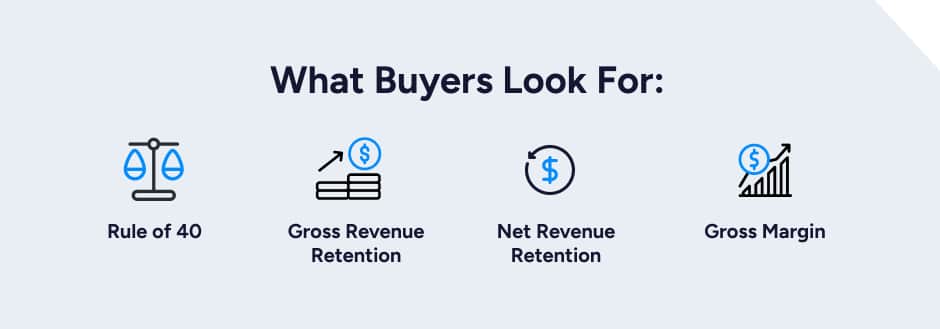
What buyers look for:
- Rule of 40: This is a measure of how well a company balances profitability with growth. Public SaaS companies with a strong Rule of 40 typically enjoy higher revenue multiples.
- Gross Revenue Retention: GRR measures the percentage of recurring revenue retained from existing customers over time. It counts losses from customer churn but doesn’t include gains from new business or upgrades. A high GRR rate showcases strong customer satisfaction and loyalty.
- Net Revenue Retention: Net retention does the same as GRR but also incorporates upsells or upgrades. In other words, it demonstrates a company’s ability to expand revenue within the existing base, growth that doesn’t depend on expensive new-logo acquisition.
- Gross Margin: The gross margin represents what remains after subtracting direct costs, which include the cost of goods sold (COGS), from the total revenue. It tells buyers how effectively you convert sales into profit. That gives buyers more to reinvest for growth after the deal is done.
When fundamentals are clear and compelling, buyers respond. If they need work, a period of focused improvement can lead to a significantly stronger outcome.
Curious how your fundamentals stack up? Benchmark against the 20 Factors that drive evaluations.
5. AI
Most buyers (84%) say they want SaaS companies to demonstrate and understand AI’s impact on their operations and products, according to SEG’s annual Buyers Perspectives Report. For companies between $5 million and $100 million ARR, the implications are immediate. Buyers are no longer paying for potential.
AI must enhance the core business: reduce costs, strengthen customer outcomes, improve retention, and scale efficiently. Even a small number of real AI-enabled outcomes is stronger than a dozen roadmap slides. Proven impact earns a premium, and lack of proof creates a discount.
This shift raises the stakes on timing. When a company can prove AI impact and show it in the metrics buyers value most, they benefit from today’s market tailwinds. But wait too long, and that same story can turn from differentiation into table stakes.
Unsolicited Offers: A Sign the Timing is Right?
For many founders, the first signal that buyers are paying attention comes as an unsolicited offer. It’s flattering: validation that what you’ve built has real value. But without context, it’s impossible to know whether it reflects the true value of your business or simply the price that one buyer is willing to pay before competition enters the picture.
Don’t base your timing on their timing. Step back and consider the risk of moving quickly based on a single offer:
- You may leave value on the table if buyers who would pay more never get a shot.
- You may negotiate from reactive footing.
- You may commit before fully understanding your options.
Assess:
- Is this a buyer you would proactively choose?
- Is the offer based on a complete understanding of your strengths?
- How would competitive tension change this outcome?
- What might 12–18 months of readiness do to your valuation?
The best way to maximize this leverage is to slow down. Inbound interest is a signal of your strength, and a reason to create competition.
Don’t Let Timing Work Against You
Founders often assume waiting will strengthen their outcome. But waiting for the “perfect” moment can often lead to missed opportunities. Operational performance may stall, competitive dynamics can shift, or buyers may reassess how your category is valued. Together, those may make a future process less attractive than the one available today.
And while a founder waits, buyers continue deploying capital. They don’t pause because fewer companies enter the market. In fact, when fewer strong assets go to market, it creates an opportunity for standout companies to command even greater attention and stronger outcomes.
SEG brings visibility to the SaaS market that founders can’t have on their own. We help founders understand where their valuation sits today, how buyers are viewing their category, and what steps will create more optionality in the months ahead.
This makes timing a controlled decision.
If you’re a SaaS CEO or founder contemplating an exit now or in the future, reach out. Our conversations are confidential, and there’s no obligation to sign with us. Reach out for a complimentary assessment.

